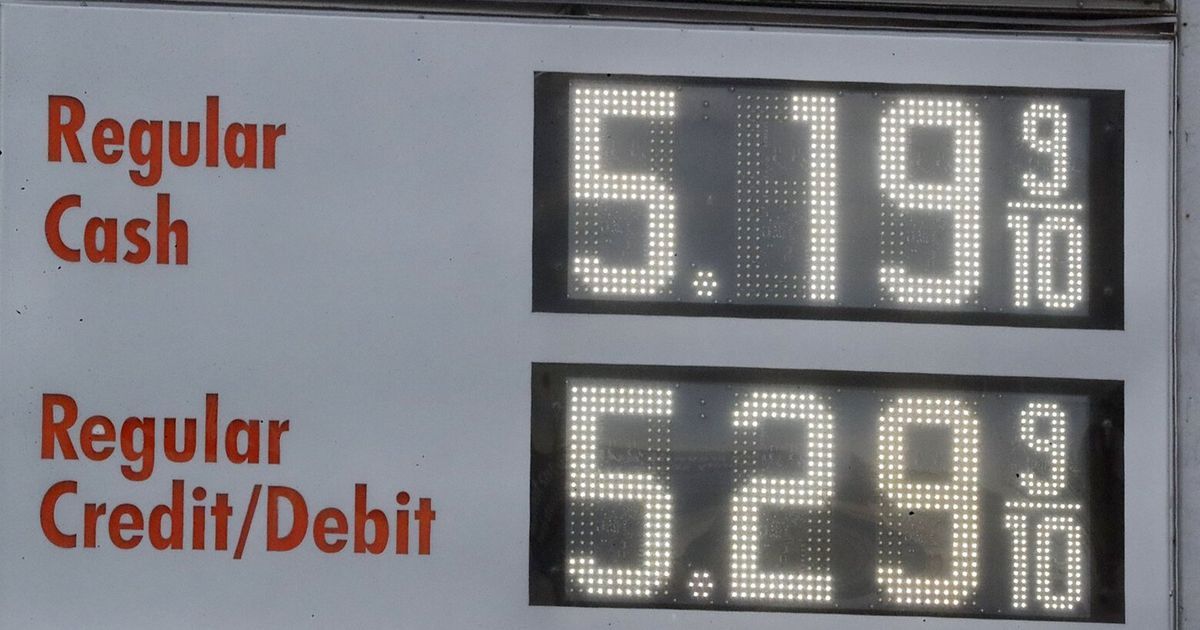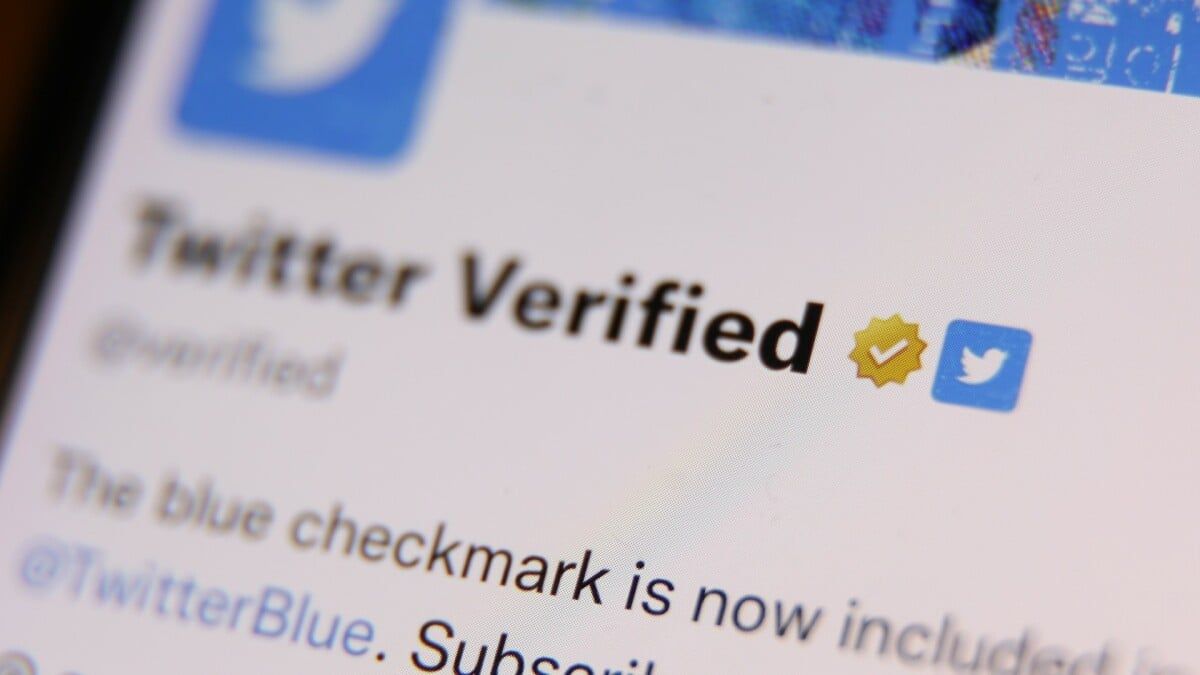WA gas prices now highest in U.S.; experts point to new climate legislation
Washington unseated California this week as the state with the most expensive gasoline.
Prices here have been steadily climbing since January, reaching $4.91 per gallon of regular gas on average this week, surpassing the Golden State, the longtime national leader at the pump, according to a Seattle Times analysis of retail pump prices compiled by AAA. The average price exceeded $5 a gallon on Wednesday in King County.
Experts say Washington’s price surge is linked to the state’s latest, most-ambitious efforts to battle climate change, specifically the new carbon-pricing program launched this year that charges businesses for the greenhouse gases they emit. The first two quarterly auctions of emission allowances raked in more than $850 million.
Now oil companies are choosing to pass on the compliance fees, the experts say. Those costs add up to about 50 cents per gallon for the consumer, according to the Oil Price Information Service, a Dow Jones company that collects fuel-pricing information for many clients, including AAA. The state Department of Ecology, which oversees the carbon-pricing program, says it’s aware of oil companies passing on the costs but has no power to stop it.
Gas prices are still lower than the inflation-plagued summer months last year, but the spike has added fuel to the fire for conservative think tanks and trade organizations representing fuel companies that are running public-messaging campaigns calling the compliance fees a tax. Some are calling for the repeal of the climate legislation altogether.
Gov. Jay Inslee’s office said it is too soon to accurately assess the price impacts of the state’s climate policies. “No one would be surprised, however, if oil companies experiencing record profits are choosing to pass their compliance costs to customers — sometimes even for fuels that are exempt under the law,” said Jaime Smith, Inslee’s executive director of communications, in a written statement.
Advertising
Smith also said oil companies expect the public to take on the growing costs associated with burning fossil fuels, “costs that come in the form of homes destroyed by fire, asthma in children, crops destroyed by drought, and streets wiped out by floods.”
Washington state’s greenhouse-gas emissions in 2019 reached their highest level since 2007: 102 million metric tons. It was a 7% increase from 2018, and 9% higher than 1990 levels.
The impacts of climate change in Washington state are vast. It is expected to make watersheds uninhabitable for salmon and steelhead by the end of the century; worsen fire seasons; and the degradation of air quality, which has already led to premature births, excess deaths from cancer, heart disease and chronic lower respiratory disease in some communities.
Gas prices started increasing across the country at the beginning of the year, but their growth rate in Washington outpaces most other states. According to the Times analysis of AAA data, Washington and Oregon have traditionally had similar prices at the pump. From 2015 and 2022, a gallon of regular gasoline in Washington was on average 11 cents more than in Oregon. But since January, that spread has more than tripled, to 37 cents. Experts point out that the only difference between the two states is that Oregon hasn’t yet rolled out a carbon-pricing or cap program.
Oil companies, which made $200 billion in profit in 2022, began adding a fee early this year on fuel sales for costs they anticipated to comply with the state’s carbon-pricing program, as part of the Climate Commitment Act, and Clean Fuel Standard. The legislation requires major polluters like fuel suppliers to pay to release greenhouse gasses into the atmosphere, switch to cleaner fuels and reduce their emissions over time. The goal is to become carbon free by 2050.
At Washington’s May 31 auction, allowances to pollute one metric ton of carbon dioxide emissions sold for nearly double the cost of those sold in California and Quebec’s latest auction.
Advertising
After Washington’s first auction, the president of the Western States Petroleum Association, said it was “unnecessarily expensive” and would harm consumers and the economy.
The Oil Price Information Service estimates the state’s new carbon regulations now tally a fee of about 50 cents per gallon of gasoline — up from 37 cents per gallon in the first quarter of the year.
Earlier this year, state lawmakers invited Severin Borenstein, University of California Berkeley professor of business administration and public policy, to help explain what factors contribute to fuel prices. In an interview with The Seattle Times, he said it is beyond controversy that Washington’s carbon-pricing program contributed to the jump in prices.
In fact, Borenstein said, it is easy to calculate.
“So let’s say the price of the tradable allowances in Washington is $50,” Borenstein said. “As I recall, it’s pretty close to 50. A gallon of gasoline produces about 1/100 of a metric ton of greenhouse gasses, which makes the math really easy. So $50 per ton, means the price of gasoline goes up about 50 cents per gallon.”
The calculation from Borenstein and OPIS assumes 100% pass through of compliance costs to consumers, said Luke Martland, Climate Commitment Act implementation manager for Ecology.
Martland said he hopes there’s competition in the marketplace that’s also driving fuel prices, and the pass-through rate may not be 100%.
Advertising
“We’re like six months in,” said Claire Boyte-White, an Ecology spokesperson, “and yes, oil companies started increasing their prices in January, long before they had even a chance to pay for anything.”
In the months leading up to the laws’ implementation, Inslee promised the carbon-pricing program would have little to no impact on the consumer.
“This is going to have a minimal impact, if any. Pennies. We are talking about pennies,” Inslee said last year. “Potentially, not all of this would be passed off to the consumer, and what they would [pass on] would be pennies.”
Now, conservative think tanks and industry groups like Affordable Fuel Washington, and the Washington Independent Energy Distributors have funded publicity campaigns in an attempt to undermine the program.
The energy distributors’ webpage offers free “dispenser toppers,” small signs to place at gas stations that read, “Stop the tax hike on gas” and offering a QR code that takes people to a petition to “repeal” the tax.
The oil companies are using modest state climate action as political “air cover” to maximize their opportunity for profits, said former state Sen. Reuven Carlyle, an architect of the state’s ambitious climate policy.
Sponsored
The costs of compliance don’t affect all oil companies the same way, Carlyle said. “Some don’t have refineries, or have them outside the state. But right now, all of their prices are similar,” Carlyle said. “I take it as … those who don’t have compliance obligations are taking it as an opportunity to charge as high as those who do. But I cannot prove that this is true.”
Some climate advocacy groups say the solution is simple: get off the roller coaster of gas prices and buy an electric vehicle.
“We have changed our regulatory environment from one that is a pollute for free, to one that is a policy that requires fossil-fuel emitters to comply with our state carbon reduction goal,” said Michael Mann, executive director of Clean and Prosperous Washington, a climate policy group. “ … There’s now a compliance cost for polluting, and if the oil companies choose to pass that on to consumers, then consumers now have a choice to move to cleaner and cheaper fuel.”
At the same time, climate and environmental justice advocacy groups like Front and Centered are advocating for people with lower incomes, communities of color and those most directly impacted by climate change to help shape where revenues from the carbon auctions land.
About $50 million of the $2 billion in carbon-auction revenues lawmakers budgeted over the next two years will go to incentives for lower-income residents to purchase or lease electric vehicles. The eligibility requirements for that money are still being drawn up.
Another $40 million will be available for cities and counties to start planning for climate change. That might look like reducing sprawl, creating more pedestrian-oriented areas, distributing more parks and tree canopy to be more resilient to climate change and building out housing near transit.
Source: The Seattle Times


